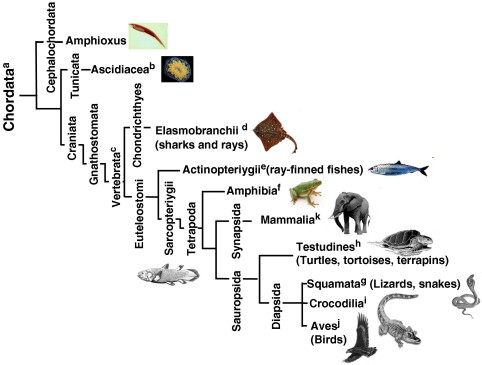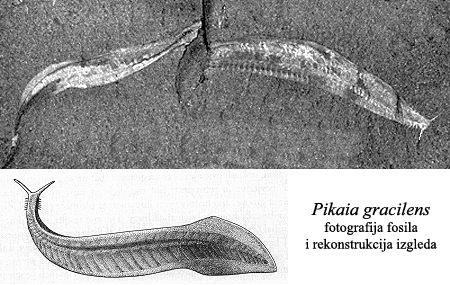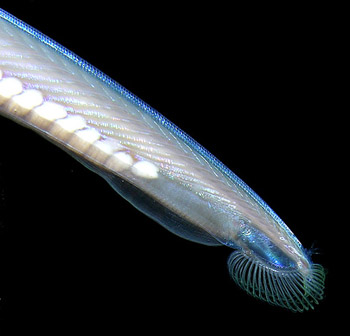johnhanks
Well-Known Member
Depends on your definition of "rapidly". The Cambrian "explosion" took place over tens of millions of years - a very small fraction of total geological time, but in absolute terms a long period. And bear in mind a sudden appearance in the fossil record may reflect one specific event in a long and otherwise unrecorded development - in this case the evolution of shells and other hard body parts.I think fossils support the ideology that most major animal phyla appeared rapidly during the Cambrian explosion...
Parts of the fossil record support either or both; depends where you look. Few biologists claim evolution can work only one way or the other.... and also think fossils support punctuated equilibrium over gradualism.
Last edited:




